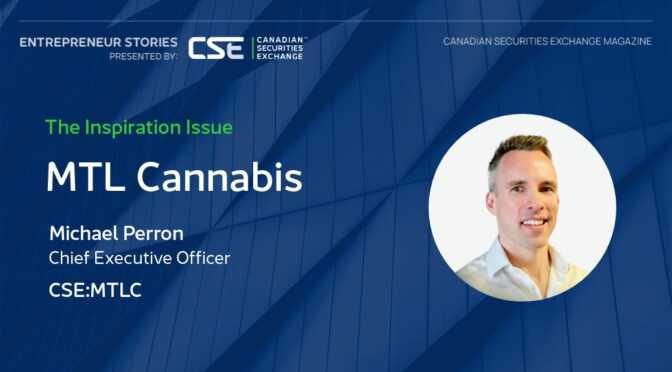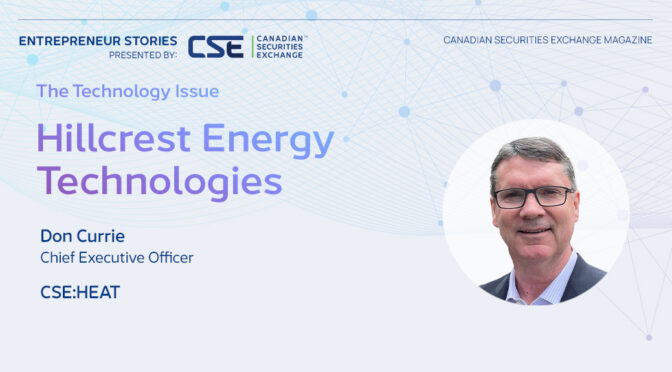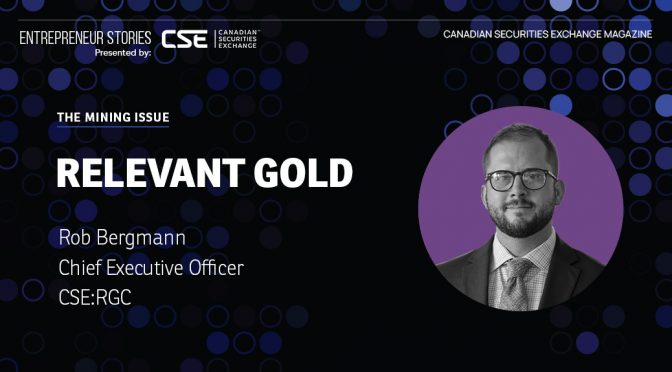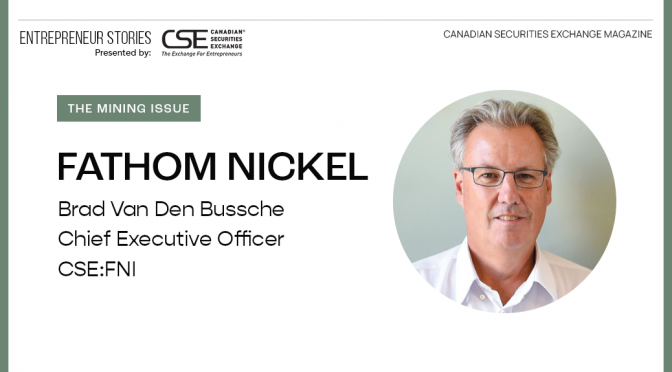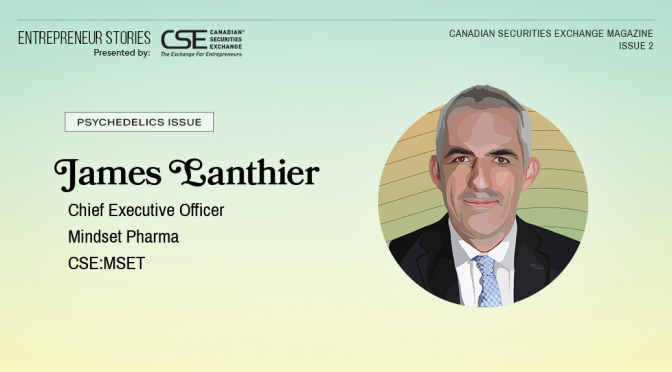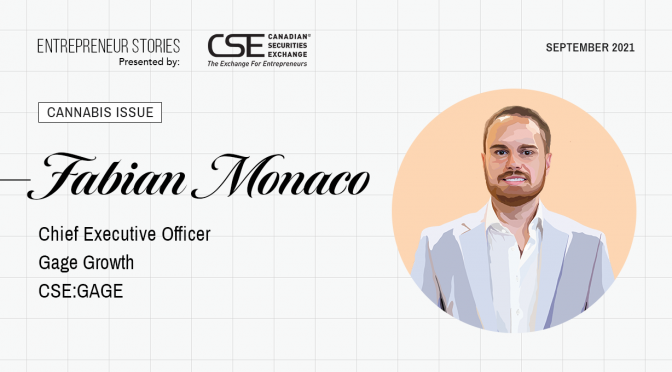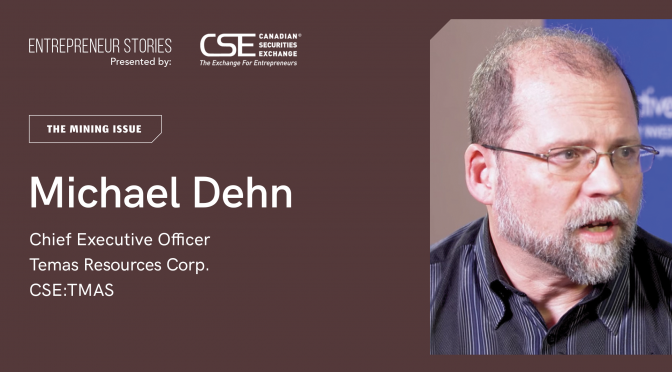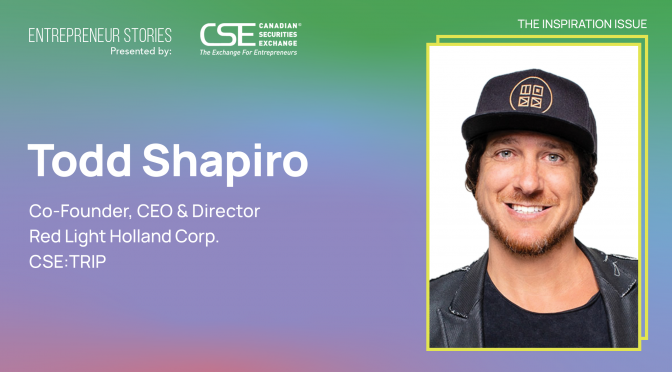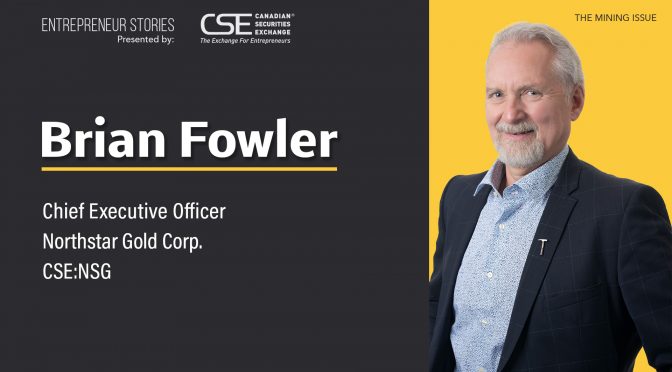Innovation in cannabis involves improving upon or introducing new ideas, be it in the form of genetics, product formulation or packaging. But for brands to really thrive, they must do what successful companies in any industry do: address consumer needs.
MTL Cannabis (CSE:MTLC) is a case in point. The family-founded company prides itself on being a “flower-first” group, emphasizing the importance of the cannabis plant itself. Having recently completed a successful reverse takeover of Canada House Cannabis Group (CHV), MTL is positioning itself to harness a variety of revenue streams, including Canadian recreational and medical cannabis markets, as well as international export opportunities.
Notably, the company has self-financed its organic growth, integrated the various CHV business units and expanded operations while responsibly servicing its creditors, with plans calling for continued expansion, bolstering working capital and reducing capital costs.
Mike Perron, Chief Executive Officer, is a seasoned industry professional who helped shape Canada’s regulated cannabis landscape, first as an advisor with MNP LLP and then taking on various leadership roles within the industry. Perron then teamed up with MTL’s founders, brothers Rich and Mitch Clement, to bring the cannabis world a flower-focused brand with quality and innovation at its core. He spoke with Canadian Securities Exchange Magazine recently about corporate culture and what comes next.
MTL Cannabis has positioned itself as a brand that defines modern street cannabis culture. Can you elaborate on how you are achieving this and what it means to be a “flower-first” company?
This focus on flower is at the heart of our company. Our founders originate from this world, and our expertise lies in doing what we do best. We’re not attempting to reinvent the wheel or add unnecessary bells and whistles. Our primary concentration is on flower-based products, encompassing dry flower and pre-rolls, with some additional forays into producing hash, as we have the knowledge and resources in-house to expand into this category.
MTL Cannabis has gained considerable success in dried flower sales since its recreational market launch in 2020. What are the key factors that have contributed to your brand’s rapid growth and success in this segment?
From a sales perspective, our growth has been largely organic. Until last January, we didn’t even have a dedicated sales team — just one exceptional sales representative working closely with the provincial boards and hitting the streets by himself on the weekends to introduce the brand to dispensaries and budtenders.
Our story, brand and products have spread primarily through word of mouth. Budtenders and consumers trying our products and recommending them to others have been pivotal. Quality is our top priority, ensuring that everything leaving our facility is of the highest standard. When you uphold that promise to consumers and medical patients, everything else falls into place.
The recent share exchange agreement with Canada House Wellness Group represents a significant development. How do you envision this partnership impacting MTL Cannabis?
Canada House has its roots in clinics and medical cannabis, going back to the original Canada House asset, which was a clinic in Oromocto, New Brunswick, called “Marijuana for Trauma,” and was founded by veterans for veterans. The veteran population is a significant part of our business, representing approximately 96% of our medical sales. We have 12 clinics across Canada, in addition to virtual clinics, with most strategically located near military bases.
Our approach differs from the classic licensed producer (LP) model, where clinics direct patients to their LPs; instead, we prioritize offering the best service to veterans, whether through us or other LPs.
The transaction is set to provide MTL Cannabis with additional licensed cultivation space. How will this expansion benefit your company and its consumers?
Canada House represented significant expansion possibility, particularly with the IsoCanMed facility in Louiseville, Québec. While the facility had strong foundational elements, it required substantial improvements.
Our team, with its focus on operational excellence, recognized the facility’s potential, from efficient HVAC systems to room sizes, and invested over $2 million to enhance its capabilities. Currently, we are expanding it further, as we’re reaching our capacity limits as sales continue to increase.
MTL Cannabis aims to blend “old school knowledge with new school techniques.” Could you describe how you balance traditional cannabis cultivation practices with modern innovations, and how this approach sets you apart in the market?
When it comes to innovation, the most groundbreaking aspects have been on the supply chain and processing side, primarily driven by one of the founding brothers, Mitch.
Our innovation journey encompasses everything from post-harvest processes to packaging, making us one of a kind. It’s like a DIY project — we’ve built everything from scratch.
I often joke with Mitch, calling him a “MacGyver in manufacturing.” If you handed him a toothpick and a stick of chewing gum, he’d create a packaging line out of it. He’s found ingenious ways to scale our business, sometimes repurposing main manufacturing equipment but mostly rethinking how we do things. Coming from the culinary world, he’s like the Gordon Ramsay of our packaging operations. His relentless focus on improving efficiency is remarkable, such as optimizing the time it takes to fill three pre-rolls in a tube, trimming fractions of a second to improve speed. This stems from his passion for serving customers flawlessly, repeatedly and quickly, ensuring they have a fantastic experience every time.
The company’s portfolio includes products like dried flower, pre-rolls and hash under different brands. What’s the strategy behind the brands, and how do they cater to various consumer preferences?
In all honesty, our approach is about simplicity and authenticity. We take immense pride in our products, and we stand by them.
I’ll share a story that highlights our commitment to quality. We introduced our second SKU, starting with the Sage n’ Sour strain, and later the Cookies n’ Cream strain. It was well-received by customers and sold exceptionally well. However, when we realized that it fell short of our standards, we made the decision to discontinue it and replace it with superior genetics.
The original move might have been fine at most LPs, but it didn’t align with our stringent criteria and commitment to quality. We hold ourselves to a higher standard than anyone else ever could. Our core principle is simple: if it comes from our facility, it must be best-in-class. If it’s not, we will do everything in our power to rectify it immediately.
That’s interesting. You don’t often hear about companies pulling a top-selling product from the shelves voluntarily.
Well, our consumers are of utmost importance to us. Personally, I enjoy sitting down with our sales representatives, whether they’re on Vancouver Island or in Southwestern Ontario. I often ask them, “What’s the word on the street? What are consumers saying about our products? Is there consistent feedback or reviews that call for an upgrade, update or enhancement?” If there’s any room for improvement, we’re quick to respond. Our goal is to ensure that consumers have the best possible experience, and we want to consistently reward their commitment to our brand.
What experiences and lessons have shaped MTL Cannabis from operating hydroponic supply stores to becoming a Health Canada–licensed cannabis cultivator?
Quality, both in terms of product and service, is our guiding principle. We acknowledge the industry’s shortcomings, often characterized by flashy promotions and over-hyped marketing with a lack of real execution. In contrast, we’re not here to put on a show. Our focus is on running a business rooted in quality, customer care and keeping our promises of quality to our consumers and patients. By fulfilling these promises, it inevitably benefits our shareholders in the long run.
Let’s finish by discussing how you plan to meet the evolving needs of medical and recreational consumers in the cannabis industry.
I want to see continued expansion and a relentless dedication to meeting consumer needs. My hope is that, in a few years, I can look back and say that we played a role in building the best-managed and top-performing company in this industry, a company deeply rooted in quality.
I’ve been part of the cannabis industry since 2014, and our results speak volumes. There’s much work ahead for the entire industry, considering that it has, to some extent, lost the trust of investors. We aim to be a part of an industry-wide effort to regain that trust. Rebuilding trust takes time, and we want to be one of the companies leading the way in restoring investor confidence.
This story was featured in Canadian Securities Exchange Magazine.
Learn more about MTL Cannabis at mtlcannabis.ca

